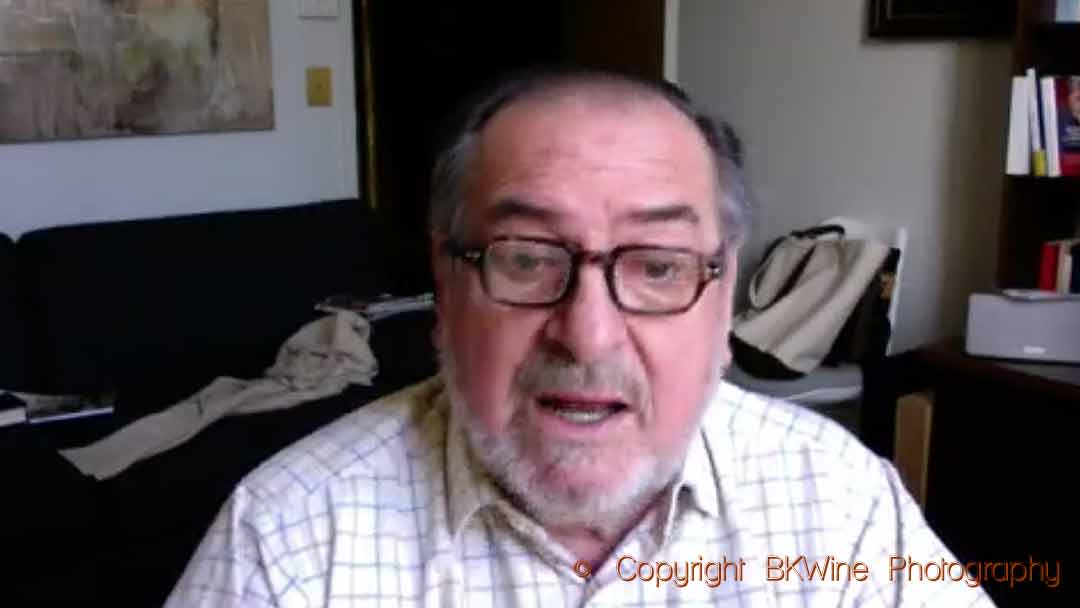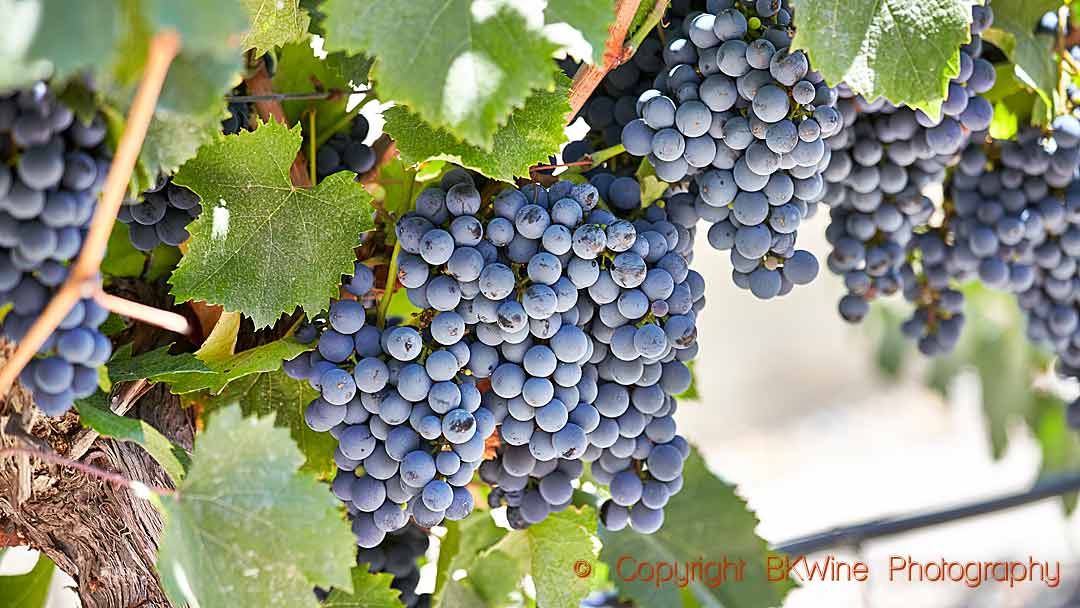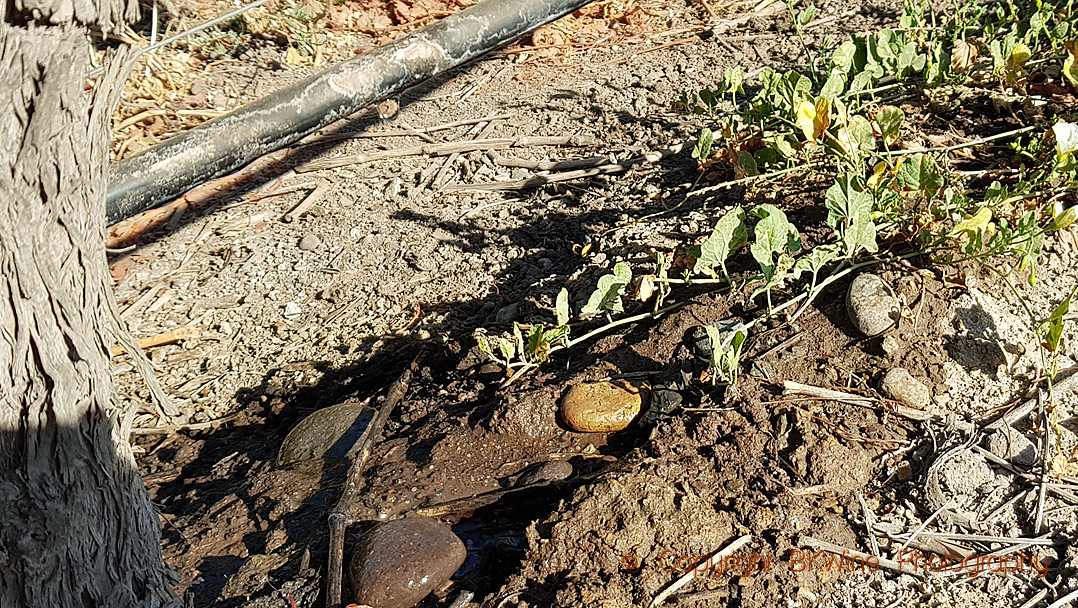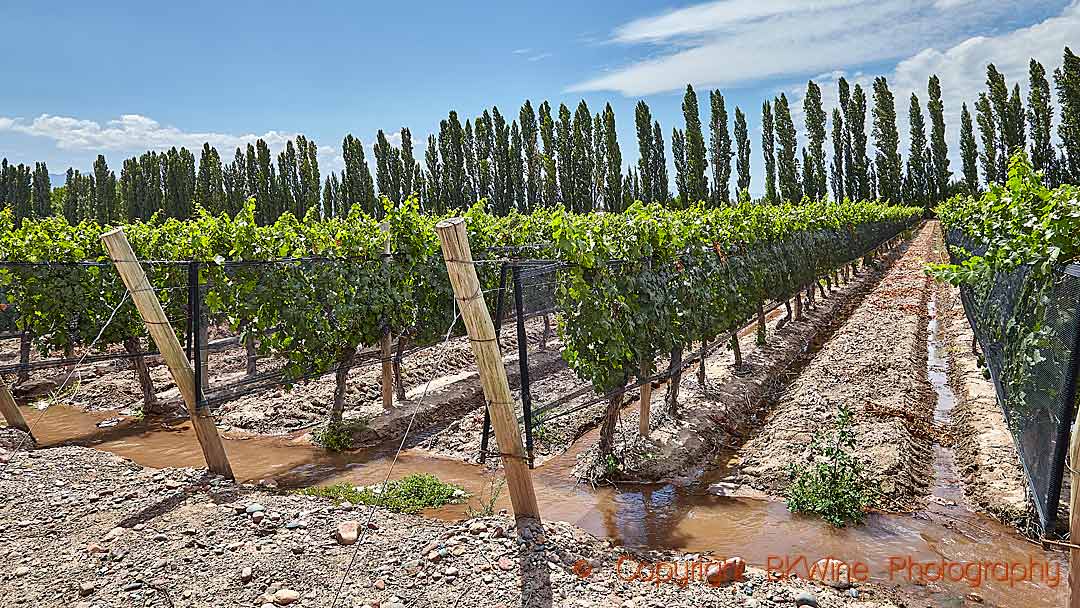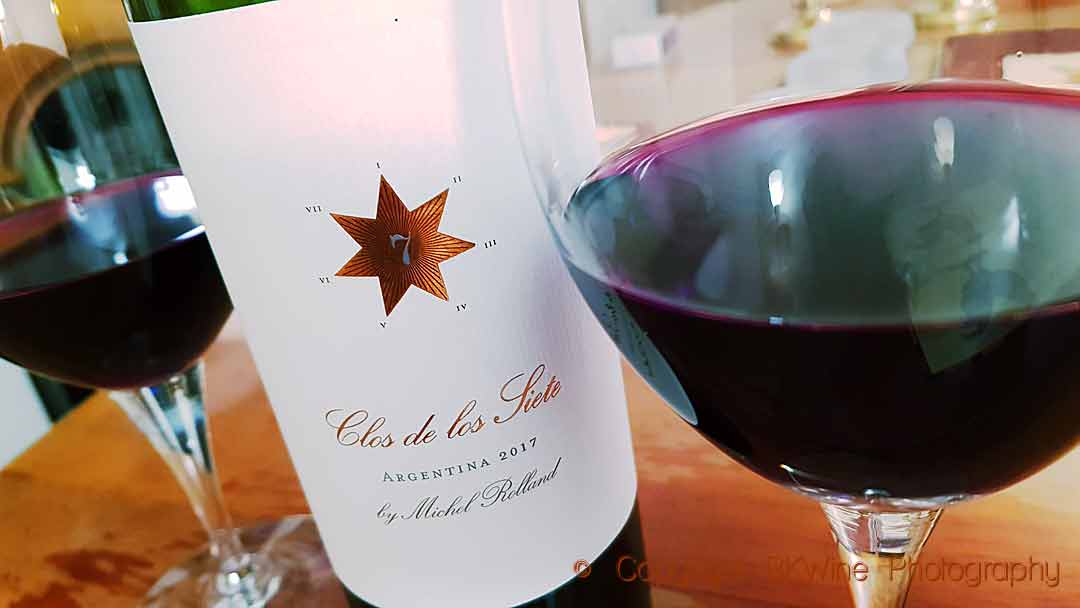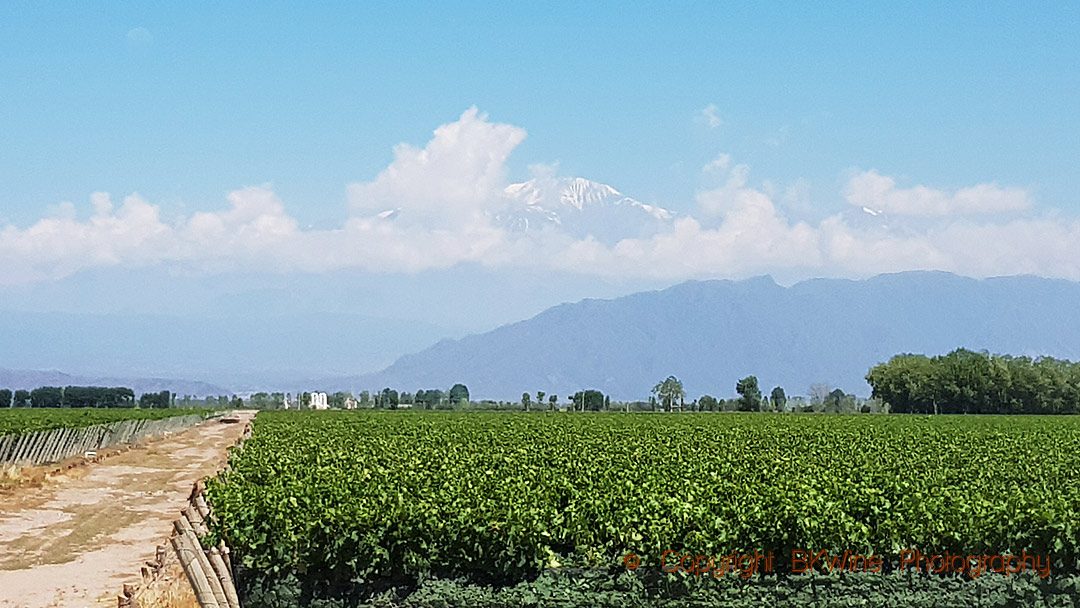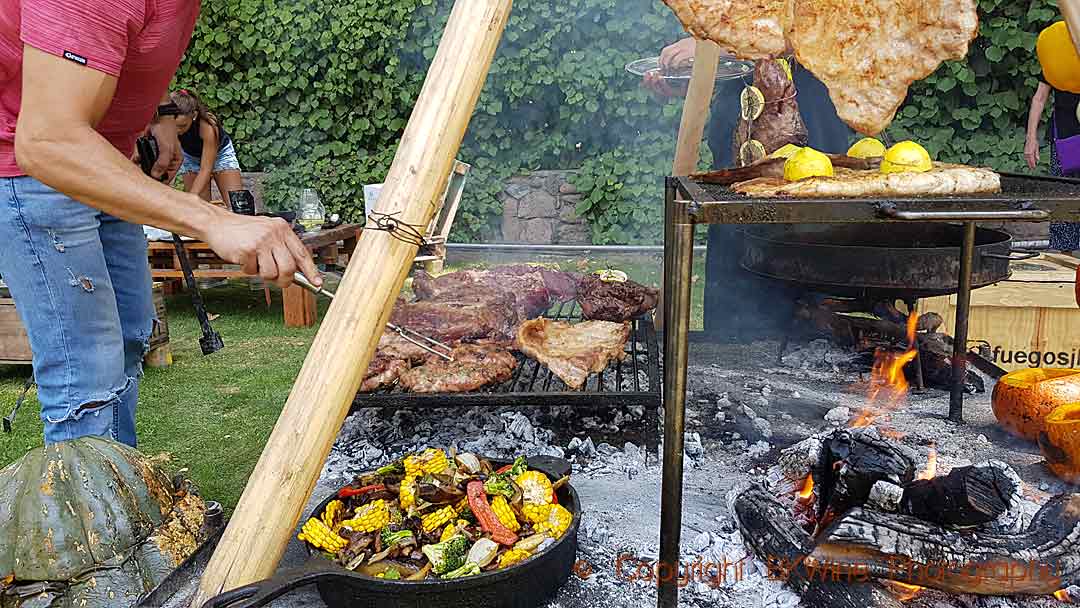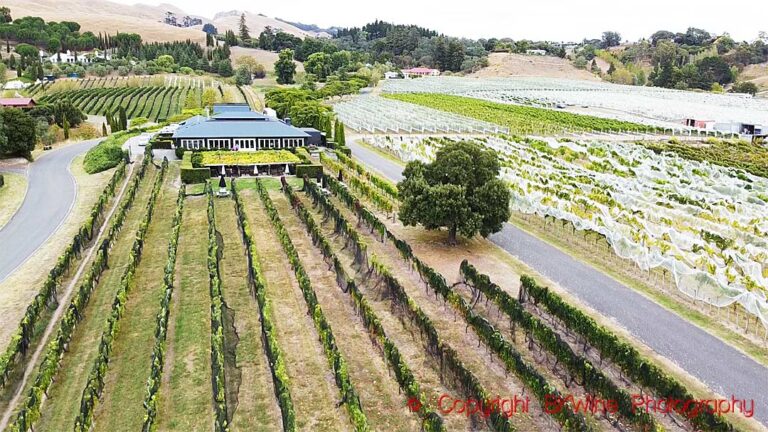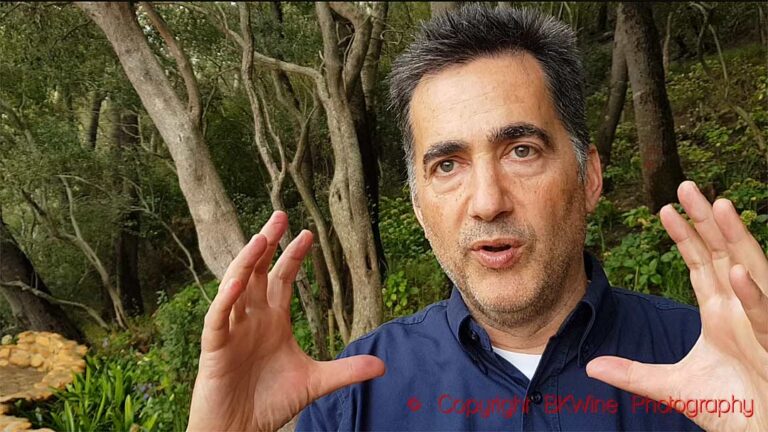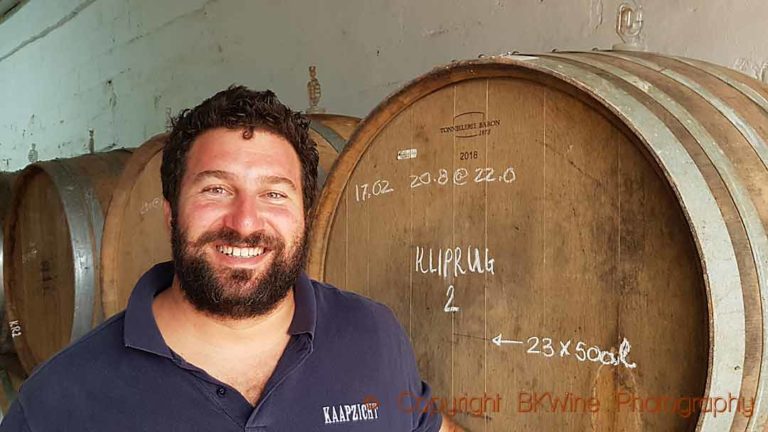We talk to Michel Rolland who explains the curious idea behind the success of Clos de Los Siete from Mendoza
Michel Rolland from Bordeaux is the world’s most famous wine consultant. His clients can be found all over the world, not least in South America. When Michel first tasted the wines from Argentina in 1988, they hadn’t yet made a big impact on the world of wine. And Michel understood why. He really didn’t like them very much. He knew they had to change. Through his consulting business, he helped that happen. Some ten years later, the export figures had skyrocketed. In between consulting assignments, he also had time to buy land, find investors and create a successful brand called Clos de los Siete.
We “meet” Michel Rolland on Zoom mid-February. He is still in France but is off to Argentina that very evening; his first trip to the country in a year. Clos de los Siete 2017 has just been launched. “It is a special year, a sunny year with fantastic maturity and quality”, he says.
The enthusiasm was not as great when he came to Argentina for the first time in 1988. “When I arrived, the taste of the wines was not my taste”, he admits. “Argentineans’ taste was not the world’s taste at the end of the 1980s. That was why they were not successful in the export market.”
This article has been published in a shorter version on Forbes.com.
But he saw the potential. He formed a partnership with the Etchart family in Cafayate in the northwest of Argentina, the region that in recent years has become famous as Salta. He started consulting at a number of wineries in the country. Gradually the wines in the country changed and improved. Maybe not only thanks to Michel Rolland, but his influence is undisputed.
A transformation of Argentina
What needed changing? “Almost everything”, he says, “except malbec. We kept malbec and planted a lot more of it. We had seen that malbec was adapted to the climate and the situation, close to the Andes.”
By the beginning of the 2000s the export figures had increased dramatically. “Now, 20 years after, we are happy”, says Michel.
By 1996 he started looking around for someplace to make his own wine. He ended up in the Uco Valley, the southern part of Mendoza. At the time, Uco Valley was not as successful as it is today. Michel chose Uco Valley for many reasons. “I like the soil, and it is an exceptional, beautiful area. Most of Mendoza is at a 600-900 meters altitude, but the Uco Valley is at 900-1200 metres, so I think it is better. The temperature is less aggressive at this altitude.”
“We were looking for 100-120 hectares of vines. Instead, we discovered this property, 850 hectares.”
A partnership of seven
He realized it was too big for him. So, he looked for investors and invited some friends from France. They ended up being seven families involved, hence the name Clos de los Siete, “the estate of the seven” in Spanish. “We wanted to develop a brand on this land. We started the project Clos de los Siete.”
The concept is unusual. The seven families would independently manage their own part of the vineyard and make their own wines in their own separate wineries. But then they would together make Clos de los Siete. Everyone would contribute wines to the brand, which Michel would then blend. “And the blend is always better”, he says modestly. Each partner can also make separate wines under their own brands in addition to the Clos de los Siete.
Today, four family estates are giving wines to the Clos de los Siete brand: the family Parent in Bodegas y Vinedos Monteviejo, the family Cuvelier at Cuvelier los Andes (also owners of Château Léoville-Poyferré in Bordeaux), the family Bonnie at Bodega Diamandes (also owners of Château Malartic-Lagravière in Bordeaux), and, of course, Bodega Rolland.
Malbec is the base
The first vintage of Clos de los Siete was 2002. Michel explains: “To make 100% malbec, that was not a great idea. Even now, I don’t think it is a good idea. I believe a blend is better. We did 50% malbec, the king of the region, 20% cabernet sauvignon, 20% merlot and 10% syrah.
They began from scratch and planted these proportions. Cabernet franc and petit verdot have been added since. Clos de los Siete is always around 50 % malbec. The other varieties can change a little.
Cabernet franc is doing very well here. The first Clos de los Siete with cabernet franc was in 2011. Today, I will use maybe 5, 8, 10 % of cabernet franc; it is the fashion today. I plan to make a pure cabernet franc myself, but for Clos de los Siete, I don’t think more than 10 %.”
A lot of oak may be unfashionable today. But Michel stresses the importance of oak. “Wine needs oak”, he says firmly. For the ageing of Clos de los Siete, they use around 20% new oak, 50% older barrels and 30% tanks.
Another essential factor that Michel points out is that Clos de los Siete is an estate wine. “We don’t buy grapes. We make one million bottles of estate wine. It is not so common to produce so much with your own grapes.
The idea of Clos de los Siete is to make an approachable wine to drink young and at a reasonable price. In the USA, the biggest export market, the retail price is around 20 USD. It is not a wine you need to keep for years and years.
“However, some years turn out that way. The recently released vintage 2017 has an unusual amount of concentration”, he says. “2017 was an interesting vintage, a special year with an excellent quality and a slightly lower yield than normal. It was a sunny year with rapid ripening and fine grapes from all the vineyards. ”
Vagaries of the weather
Although the climate is mostly warm and dry, there are vintage variations and climatic hazards in Mendoza. One problem is hail.
“Hail storms coming from the Andes are strong and icy cold. When we were looking where to plant, we thought about the hail. We asked older people living in the area, they said this place up to [the town of] Vista Flores, there is rarely any hail. That was certainly part of our decision to choose this region. In fact, we planted in 1999, we are now in 2021, and we have had hail storms two times.”
The first hail storm they experienced was in 2004, and the second one was in 2011. Before 2011, none of the families was using hail nets, otherwise very common in Mendoza. Now some of them do, but primarily for the vineyards, they use for their ultra-premium wines. It is a lot of work and a significant investment to put up nets. Michel didn’t, though. “We don’t use nets because it has been almost ten years without hail. We can support one hailstorm in 10 years.”
“2011 was a great vintage, one of the best we ever did, says Michel. “But we only made half of the regular production, 450 000 bottles.”
Precious water
When you choose a location for a vineyard in Mendoza, the first thing you look at is if you have access to water. This is a warm and dry climate with only small problems with diseases. However, you need water for irrigation; otherwise, you will not make wine in Mendoza. The water comes from the majestic Andes. Everywhere you see small canals that lead the water to the various vineyards. Traditionally, flood irrigation using the canals was used. You still see that in many places but more recent vineyards often have drip irrigation, which is also the only option if the land is not flat.
The wine producer controls the vigour and the yield with the water.
“Malbec needs more water than cabernet franc. When cabernet franc is too vigorous, it is not so interesting. We control that; we slow down the irrigation. Whereas with malbec, if you don’t give enough water, it will not turn out well. In other parts of the world, it is not so easy.”
Typically there is very little rain in the summer, and when it rains, it dries up quickly. They don’t get botrytis (grey rot), but occasionally downy mildew or powdery mildew as in the humid years of 2015 and 2016.
“2015 was one of the most difficult years we have had; it was like Bordeaux”, says Michel. “Normally, we never do more than five treatments, but in 2015 we did 10 or 11 sprayings. We had to do bleeding to concentrate.” This means that you run off some of the juice from the tank after a few days of maceration to give the remaining must a larger proportion of skins in relation to juice. And at the same time, the juice gets more concentrated. “In the end, we made some decent wines.”
Michel Rolland is still the president, still tasting and still making decisions, but the new generation, including Michel’s daughter, is the hands-on people today. “The new generation is managing, they are already in their 40s-50s, but still, that is a perfect situation. They still accept me to do the blending. Maybe they will fire me. We’ll see.”
He doesn’t seem overly worried, though.
Tasting notes
Clos des los Siete 2017, Michel Rolland, Uco Valley, Mendoza, Argentina
Lots of dark berries, combined with soft and smooth tannins, a little bit of oak and cedar-wood in the background. Easy drinking, yes, but with structure.
Clos des los Siete 2015, Michel Rolland, Uco Valley, Mendoza, Argentina
Fresh and nicely structured, some tannins, tobacco aromas, discreet oak. Mature aromas emerging.
Clos de los Siete 2011, Michel Rolland, Uco Valley, Mendoza, Argentina
Quite full-bodied body and plenty of tasty dark berries and ripe fruit. Soft and pleasant tannins.
Travel
Today, the wines of Argentina are world-class and the landscape, with the Andes as a back-drop, is stunning. You can get to know the wines and the gastronomy in Mendoza from the inside on a wine tour with BKWine.
Travel to the world’s wine regions with the wine experts and the wine travel specialist.
Stunning wine tours. BKWine wine tours.




